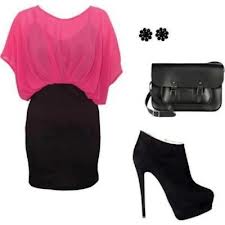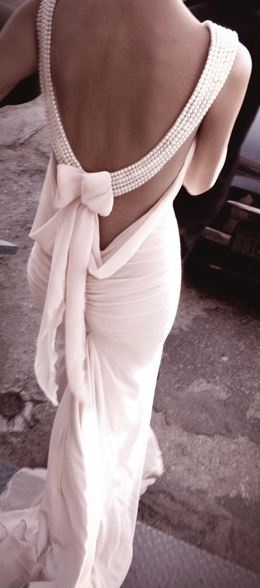THE PSYCHOLOGY OF COLOR IN THE WORK PLACE.
Green: Darker greens can connote power, class
and strength. Brighter shades of greens tell people you're sporty, more casual
and often cheerful.
PINK: Pink is not just for women
anymore. Men who wear pale pink or salmon accents which tell the world they're
confident, daring and independent enough to wear a color usually considered a
woman’s color. Women can use it to soften a strong, dark-colored suit which
makes them look more approachable. Bright, bubblegum pink or fuchsia from head
to toe is just plain annoying and hurts people's eyes.
PURPLE: Dark purple says elegance,
authority, class and a regal demeanor. Men can get away with a deep burgundy
jacket to give a refined yet highly stylish impression. Women can appear
strong, powerful and confident in a deep purple jacket, suit or blouse. A deep
purple dressy T-shirt or button down in a very casual work environment says
"I'm confident and efficient, yet not stuffy."
YELLOW: Yellow tells people you're
casual, playful, and not afraid to take risks. Seeing yellow can cheer people
up, so you're perceived as having a sunny personality just for wearing it. But be careful with mustard, which can make people
of almost all complexions look otherwise unhealthy.
BROWN:You have to be careful with brown. It is considered the new
black, but ensure your brown clothes are fitted properly or else it can make
you look like a potato. When your brown clothing has the right cut it can
accompany many different colors. It's a great substitute for black without the
look of being in mourning.
BLACK: Immediately says
elegance, sophistication, intelligence and strength. Black can be overwhelming
if you’re in black from head to toe which could make you look self absorbed.
RED: Red
is powerful and strong. It shows you're not afraid to stand out, and it gets
attention, which can be used to make a bold statement. Use red when wearing as
a power suit and break the red with a black camisole under the jacket.



















































